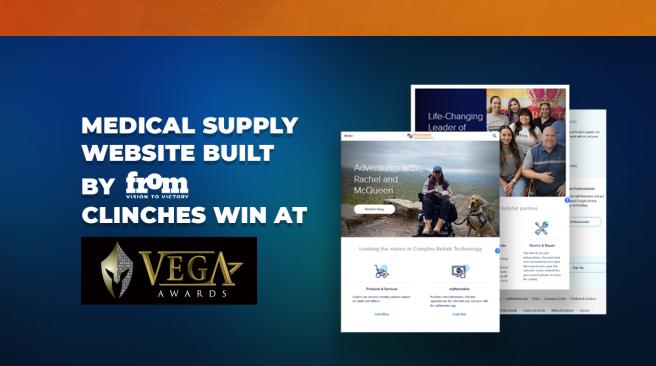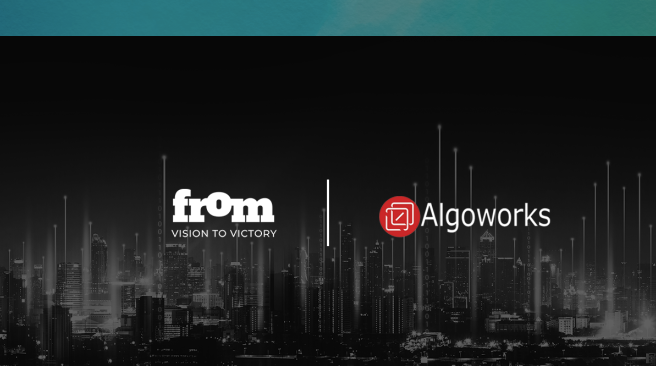Insights | By Howard Tiersky
Think Outside What Box?
We’ve all said it. We need to think “outside the box.” But what is this box-like barrier that would otherwise constrain our thinking, and how do we move beyond it?
At FROM, we use our custom-built workshop space, Innovation Loft, to help teams from some of the largest brands in the world move beyond that metaphorical box to create new products, processes or entire businesses. We’ve spent a lot of time studying the barriers that limit individual or team thinking, and testing methods to break free of those barriers.
Through our work, we’ve discovered there isn’t just a single box. Instead, there are four nested barriers that can limit thinking.
1. HABIT
2. BELIEF
3. IDENTITY
4. IMAGINATION
You can use a variety of different techniques that you can apply to help get past each box, but they differ, depending on which box you’re focused on.
BOX ONE: HABIT
People constrained by habit are best described by the phrase, “If it ain’t broke, don’t fix it!” This box exists because it’s our comfort zone – where we know what works. But the uncharted territory is where much of the treasure lies!
Overcoming the Limits of Habit
How do you move teams beyond habit? One way is to explore ‘stretch-goals,' or goals well beyond what’s possible with your current method of doing business. For example, if your manufacturing process takes 90 minutes to produce a carton of ice cream, conduct an exercise to brainstorm how you could produce that same carton in only 5 minutes. This type of exercise requires completely different thinking about the entire manufacturing process. It might not actually be practical or cost-effective to make the cartons in 5 minutes, but the process of thinking about how it could be done is one way to explore what lies beyond the box of habit.
BOX TWO: BELIEF
Even when we’re ready to move past habit and try something new, there’s another box that constrains what we believe will work or are capable of accomplishing. In corporate environments, the box of belief is epitomized by statements like, “We tried that before and it didn’t work,” or “We can’t compete in that space.”
Whether these beliefs are true or not, they’re often over-generalized or stated in absolute terms. Take, “We can’t compete in that space.” It may not be wise to compete in that space, but is it really impossible? By staying in the box of belief, you could be dismissing possible opportunities.
Overcoming the Limits of Belief
To tackle the barrier of belief, use an exercise that sorts beliefs from facts. Underlying facts are helpful, but the beliefs associated with them can be limiting. If you chose to pursue a certain goal, how would you move past the facts? If it's not that you can't compete, but that there are barriers to doing so, what are they and how might you get past them? Ultimately, you want ideas for clearing each obstacle, so you can evaluate if it makes sense to proceed.
BOX THREE: IDENTITY
Even when we’re willing to change and believe certain things are possible, we can remain stuck inside of a box of our own identity. This box is best characterized by statements like, ‘We don’t do that at this company,” or “That wouldn’t be consistent with our brand.”
Overcoming the Limits of Identity
First things first: It’s valuable to have an identity, and to have a brand that customers know stands for something. However, getting past a belief barrier doesn’t necessarily mean acting outside the box, but just to think outside the box. Identities need to grow and change over time, and can’t do that if you never consider possibilities beyond your current identity. (e.g., Apple used to be called ‘Apple Computer,’ but now they make more money from phones and are known as simply ‘Apple.’)
To temporarily think outside your current identity, play the ‘What Would Company X Do?” game. Give separate teams one company or entity, and have them look at the problem at hand in the way that organization might. Apple, the Marines, Starbucks, and Disney are good companies to use as models, as they’re all successful entities with very different identities and ways of solving problems. Viewing your company’s problems or opportunities through the lens of another company can yield interesting, new ideas. If some of the ideas aren’t a good fit, that’s ok! In ideation, we’re mining for gold, so a large quantity of sand and pebbles in the pan is not an indicator of failure – it’s the number of gold nuggets that indicate success.
BOX FOUR: IMAGINATION
Ideas beyond the box of imagination aren’t even a blip on the radar, or even in the realm of our thinking. We don’t consider them outside our beliefs, or inconsistent with our identity because we don’t consider them at all.
Overcoming the Limits of Imagination
What we can imagine comes from a combination of our experiences, plus an ability to take those experiences and combine them in novel ways. To stimulate imagination, it’s important to define a clear goal for your team, and encourage them to share and explore past experiences that may be relevant to that goal. If you want to increase customer loyalty, have your team review experiences that have affected their loyalty to other products and services. Then, expose them to new ideas and knowledge – things like competitive case studies, trends or technologies that might be part of a solution to the problem. When teams have a greater range of experiences to draw from, they can start to imagine possibilities that they didn’t previously have the “raw materials” to form.
It’s fantastic to have an identity, beliefs, and habits. All these aspects of our personality serve us in various situations. But it’s also valuable to be able to temporarily turn these psychological limits off in the context of exploratory ideation. You never know what’s out there, and you can enrich your value proposition, your brand and even yourself by embracing the freedom to explore what lies beyond. Then, you can decide for yourself whether or not to expand the box!








